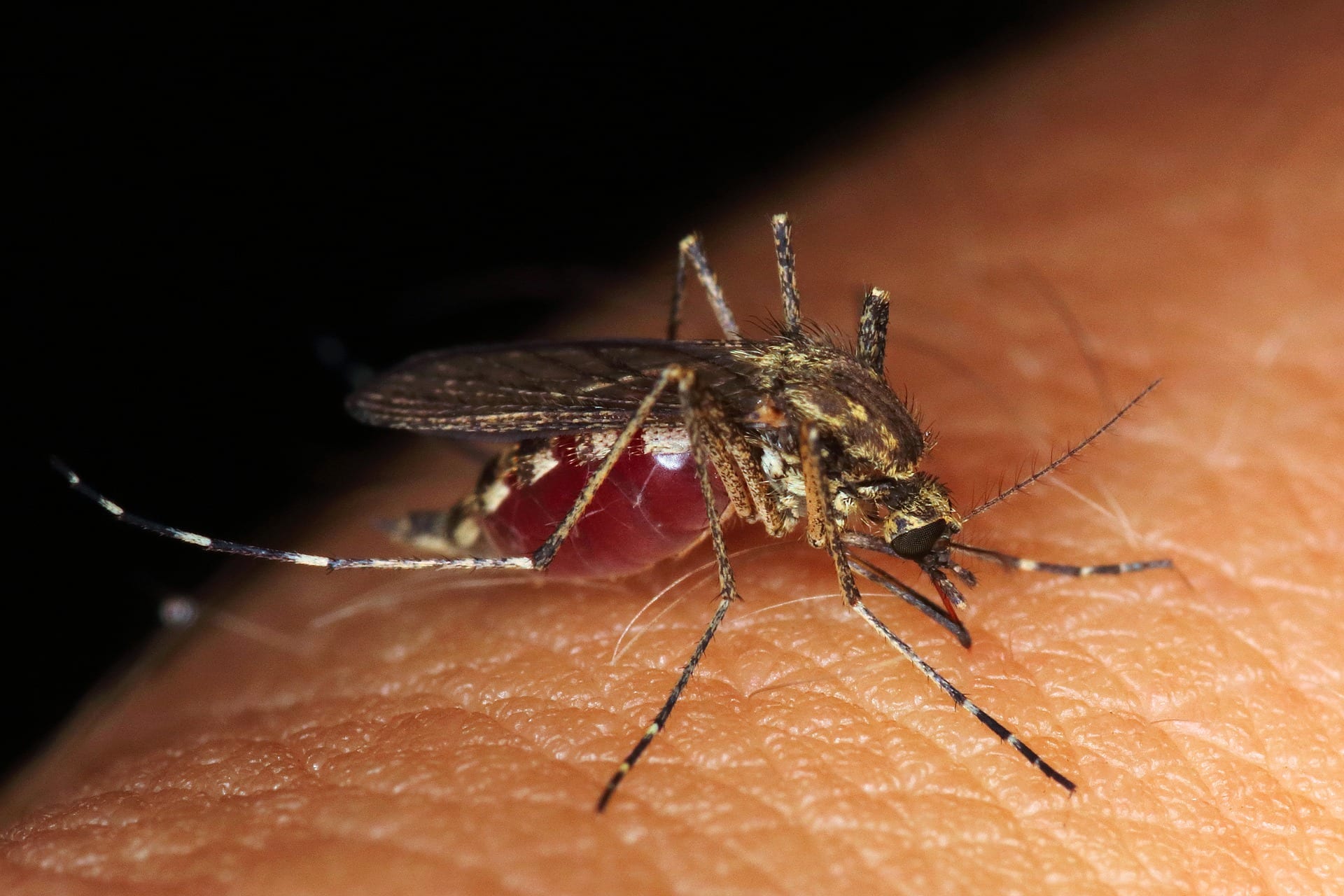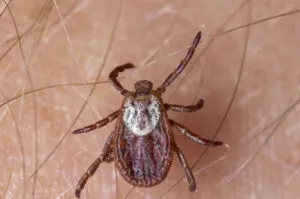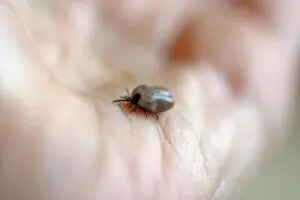

Bug bites and stings of any kind are no fun to deal with. But how can you tell which bug gave which bite? Well, we put together this list to help you identify just that. Read on to learn what each bite or sting looks like and what symptoms to watch out for.
Mosquito Bite
Mosquito bites are small, round, and puffy bumps that are very itchy. For the most part, bites will only feel itchy. In some cases, though, bites can have more serious consequences. Mosquito bites can become infected if they are scratched excessively and are not kept clean. Such infections are usually not serious, and can be treated with a combination of soap and water, antibacterial ointments like bacitracin, and anti-itch remedies. In some people, mosquito bites lead to “skeeter syndrome,” which causes bites to become painful and swollen. Mosquitoes have also been known to carry and transmit a number of human diseases, including encephalitis, West Nile virus, and zika virus. These diseases share some common symptoms, such as headache, muscle and joint pain, and fever. Symptoms of encephalitis also include sensitivity to light, lethargy, loss of appetite, irritability, confusion, nausea and vomiting, and seizures. Further symptoms of West Nile virus include confusion, muscle weakness, stupor or coma, tremors or muscle jerking, and seizures. Zika virus symptoms may also include a rash or itching all over the body, conjunctivitis, pain behind the eyes, and lower back pain.
Tick Bite
Tick bites are easily identified for the most part, because the tick is usually still attached upon the discovery of a bite. Ticks will stay attached to their host anywhere from 2 to 14 days! Tick bites are usually painless, and it is unlikely that you will feel the actual bite. Bites usually occur in warm areas on the body, particularly creases. Some such areas include the hairline, groin, and armpit. Typically, bites cause no reactions. However, some tick species can transmit diseases, so their bites bring about symptoms of said diseases. Symptoms of diseases can show up anywhere from a couple of days to a couple of weeks after the original bite. The telltale sign of Lyme disease, which is generally spread by the deer tick, is a bullseye rash. Symptoms of most other common tick-borne diseases include fever, chills, severe headaches, muscle aches, loss of appetite, nausea, vomiting, and diarrhea.
Bee Sting
Bee and wasp sting reactions differ depending on the person. Stings immediately cause a sharp and burning pain at the sting site. Bee and wasp stings can result in minor, moderate, or severe reactions. For most people, stings are minor and only cause a small red or white welt and possibly some swelling and discomfort. Moderate reactions cause extreme redness and swelling that increases over a few days. Severe reactions, which are much rarer than minor and moderate reactions, typically result in anaphylaxis. Symptoms of anaphylaxis include difficulty breathing; hives; flushed or pale skin; extreme swelling of the face, throat or tongue; nausea or vomiting; diarrhea; dizziness or fainting; and loss of consciousness. Symptoms of anaphylaxis will usually show up within a few minutes after a sting. Anaphylaxis can lead to anaphylactic shock. Anaphylactic shock occurs when blood pressure drops low enough that cells do not receive enough oxygen. Anaphylaxis and anaphylactic shock are both serious, potentially life-threatening conditions and require immediate medical attention.
Fly Bite
There are a number of fly species in the United States that are known to bite humans. Some of the more commonly encountered species are horse flies, deer flies, and black flies. For the most part, bites appear as red bumps or welts. A bite from one species may look slightly different than a bite from another species, though. Some bites may bleed and some may swell. Bites are typically either painful, itchy, or both. Depending on the person, fly bites may also cause an inflammatory reaction around the bite, which will show up as a painful, itchy rash. Many fly species inject an anticoagulant-containing saliva when they bite, which can cause allergic reactions in some people. Some species can also transmit diseases including equine infectious anemia, anaplasmosis, Lyme disease, and more.
Fire Ant Sting
Technically, fire ants bite and sting. They use their mandibles to latch on to their targets while they sting with their back ends. Stinging does not cause them to lose their stingers, and they usually attack in groups. For those reasons, fire ant stings typically show up in clusters. A fire ant sting appears as a pimple-like blister surrounded by a swollen, red spot. Like bee and wasp stings, fire ant stings can cause different reactions for different people. For most people, stings will burn and itch for about a week, with the burning and itching getting stronger during the few days after the sting occurs. Reactions of this type will usually heal without treatment. Stings can sometimes cause more severe reactions around the sting site, like swelling and severe burning and itching. Anaphylaxis can occur from fire ant stings, although it is not as common as less severe reactions. Symptoms of anaphylaxis include trouble breathing, swelling of tongue or throat, confusion, dizziness, and loss of consciousness. Symptoms of anaphylaxis will usually show up within a few minutes after a sting. Anaphylaxis can lead to anaphylactic shock if not treated. Some people, especially those who have received a number of stings, have reported hallucinations and other similar symptoms.
Hopefully, you and your family will get as few bites and stings as possible this season. But, if a bite or sting does occur, you’ll now be able to tell who the culprit was and what to watch out for. Getting a few too many bites? Check out our yard protection plan or call one of our experts today.






